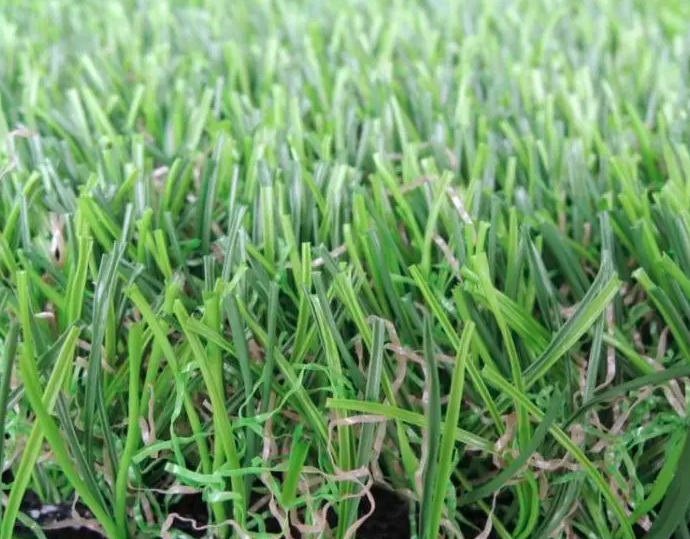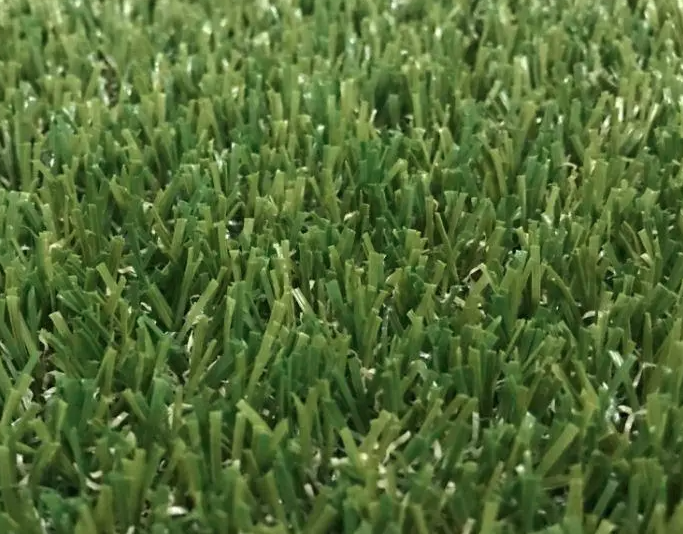The golf course is known for its manicured landscape and breathtaking views. An important aspect of golf course landscaping is the careful selection of turf, which not only enhances the aesthetics of the course, but is also environmentally friendly. Combining golf view glass with environmentally friendly turf options is the perfect combination to enhance the overall aesthetics and sustainability of a golf course.
Landscape glass can be a creative and visually appealing addition to golf course landscaping. It comes in a variety of colors and textures for customizable unique designs. The use of landscape glass in strategic areas around the court can create stunning focal points and enhance the visual appeal of the surrounding vegetation. Whether using glass pebbles to line water features, paths or flower beds, or using larger pieces of glass as artistic accents, the possibilities are endless.
Beyond visual enhancement, landscape glass has practical benefits. It improves drainage and prevents erosion, which is essential to maintaining a healthy and playable golf course. Additionally, landscape glass is non-porous, which helps conserve water by reducing evaporation, making it ideal for environmentally friendly golf courses.
While landscape glass adds a touch of sophistication to golf course landscaping, consideration of turf options is just as important in maintaining an environmentally friendly course. Traditional grass varieties used on golf courses often require a lot of water, chemicals and maintenance. This not only puts a strain on limited water resources, but also contributes to pollution through the use of harmful fertilizers and pesticides.
Fortunately, there are some environmentally friendly grass options that not only reduce water usage but also minimize the need for chemicals. One option is to use native grasses. Native grass varieties are adapted to the local climate, making them more resistant to drought and requiring less water. Additionally, native grasses have better natural resistance to pests and diseases, reducing the need for chemical treatments.
Another eco-friendly grass option is to use warm-season grasses. These grass species, such as bermudagrass and zoysia, thrive in warmer climates and have lower water needs than cool-season grasses. They also tolerate pests and diseases well, reducing the need for chemical intervention.
Combining landscape glazing with environmentally friendly turf options can create a sustainable and visually stunning golf course that meets the demands of modern environmentally conscious people. By reducing water consumption and minimizing reliance on chemicals, golf courses can play a role in conserving natural resources and promoting biodiversity.
In conclusion, enhancing the landscaping of a golf course by choosing an environmentally friendly turf is a win-win situation. The addition of landscape glass adds a touch of beauty and creativity to the course, while also serving a practical purpose such as improving drainage. Choosing native or warm-season grass varieties can help conserve water and reduce the use of harmful chemicals. Through these choices, golf courses can not only provide players with an unforgettable experience, but also contribute to environmental protection.
Post time: Aug-11-2023


